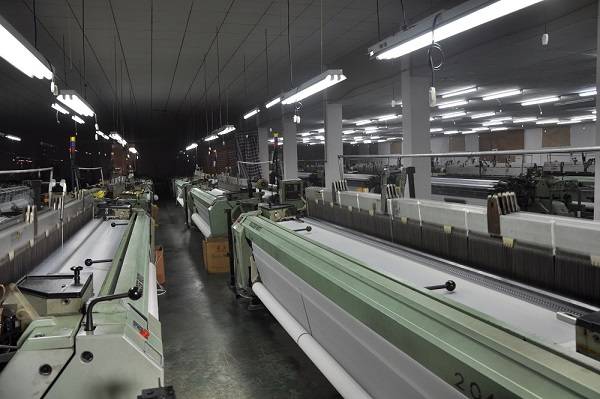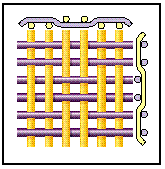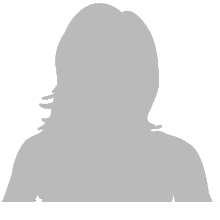Company Blog
Products for Filtration, Separation, Sifting and Printing
Printer Guidebook---Screen Mesh 3
- Font size: Larger Smaller
- Hits: 7682
- Subscribe to this entry
- Bookmark

Mesh opening
The dimensions of the mesh openings affect stencil support, meter ink flow and contribute to the print's appearance.
The best mesh for screen printing is commonly woven out of monofilament polyester and it functions both as support for the stencil and to meter the amount of ink deposited on the substrate. The dimensions of the mesh count, percentage of open area and thread thickness all contribute to the appearance of the end product. You will find that accurate measurements of these mesh specifications are supplied by the manufacturer. Poor image registration, image elongation and uneven ink deposits can result from the improper selection or preparation of the mesh fabric.
Mesh opening
As a general rule, the dimension of the mesh opening should be at least three times larger than the pigment fineness of the ink.
The mesh opening is measured with a microscope from the edge of one thread across the opening to the edge of the opposite thread, in microns (1 micron = 1 millionth of a meter, or 0.00003937"). High quality mesh is woven so the finished product offers a perfectly square opening, within tolerances. Since threads come in different diameters, you can have mesh openings that are the same in vastly different mesh counts. A fat thread in a low mesh count can have the same mesh opening as a thin thread in a higher mesh count. The threads will make the mesh thicknesses different.
Percentage of open area
Percentage of open area (POA) is more useful when calculating ink consumption. The percentage of open area, or aperture percentage, refers to the relationship between the thread area and the actual opening between four woven threads in the mesh. The open mesh area helps determine the ability of an ink to pass through the mesh, as well as the thickness of the ink deposit in the printed image.
Textile printers don't use percentage of open area as much as those who print non-absorbent substrates such as glass, plastic or metal. The absorbent nature of our substrates provides great latitude, so the subtleties of choosing a mesh based on POA are not as significant.
Weave structure
Plain weave versus twill weave.
With plain weave, each thread goes under one perpendicular thread and over the next. With twill weave, a given thread follows an under-one/over-two pattern.
Mesh counts higher than 305 may be woven with plain or twill patterns. Twill mesh typically deposits more ink than the same or even a lower mesh count of plain weave.
 You may find high mesh counts in either plain or twill weave (shown at right). Plain is recommended because of the unpredictable moire patterns twill can cause.
You may find high mesh counts in either plain or twill weave (shown at right). Plain is recommended because of the unpredictable moire patterns twill can cause.
Much more important to the textile printer, though, is the odd effect twill has on halftone dots and moiré patterns. Since twill is an irregular weave, it creates an irregular pattern that can show up more readily than that of a plain weave, especially in terms of edge definition.
Use a microscope and look for weaving that is one-over/one-under, instead of one-over/two-under. Double check meshes over 305, just in case your supplier made a labeling mistake. Check your suppliers' catalogs and look for "PW" or "TW," or ratios such as 1:1 an 1:2 in the specifications.
The reason it is important to correctly identify the weave structure is because we textile printers are much better served by plain weave. It will be more expensive, but buy it anyway.
Last modified on




